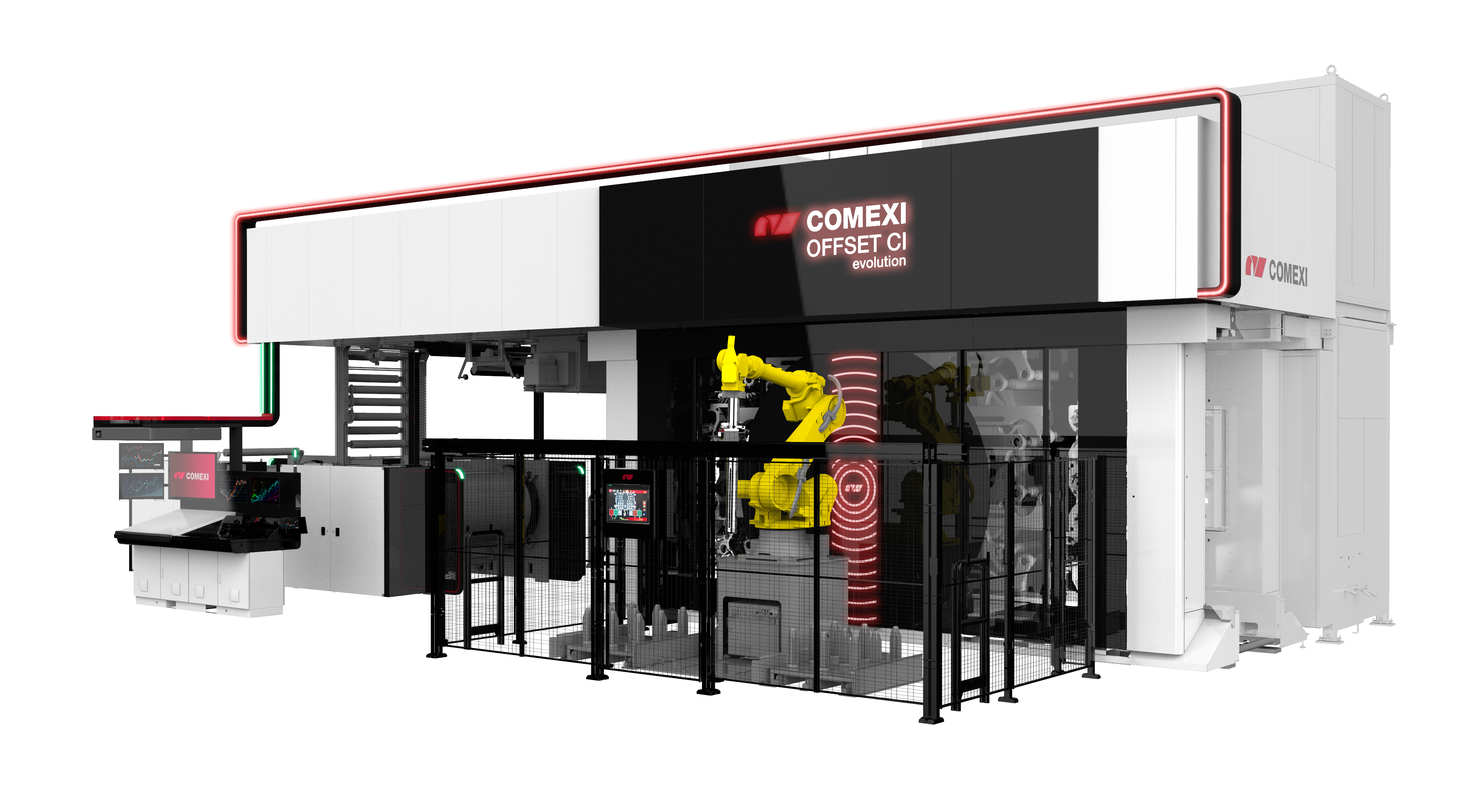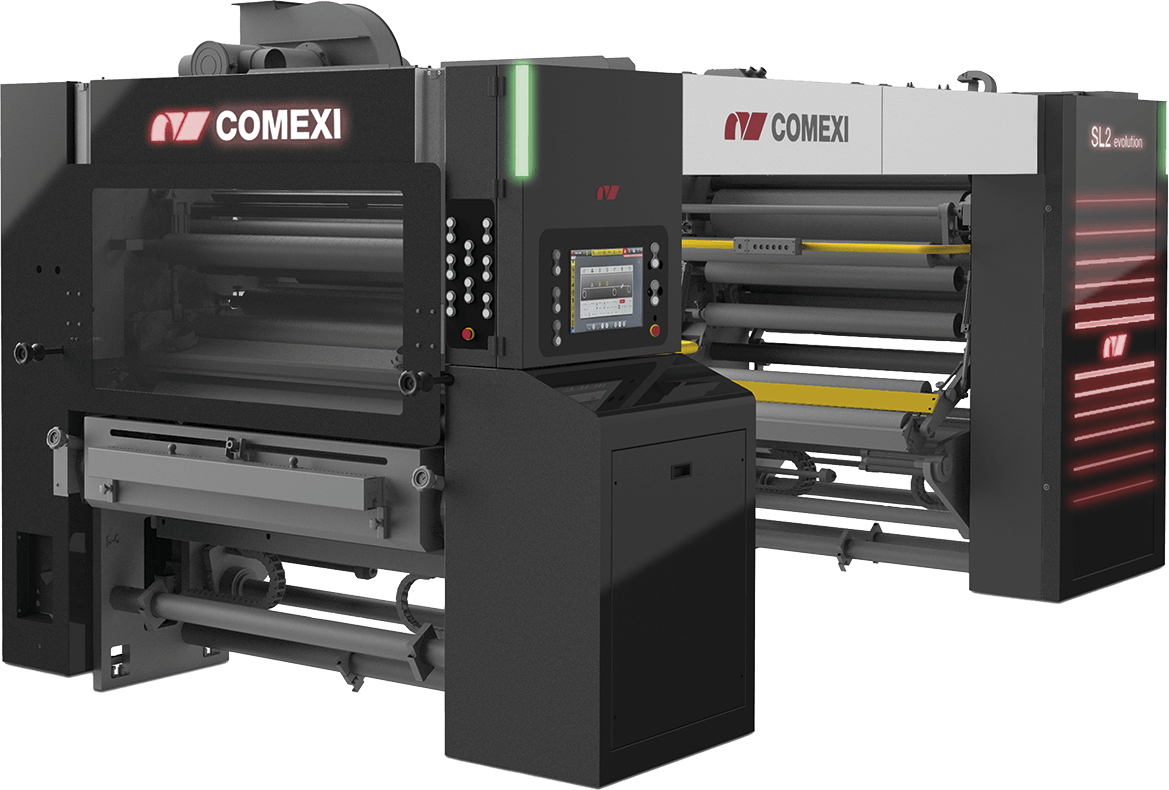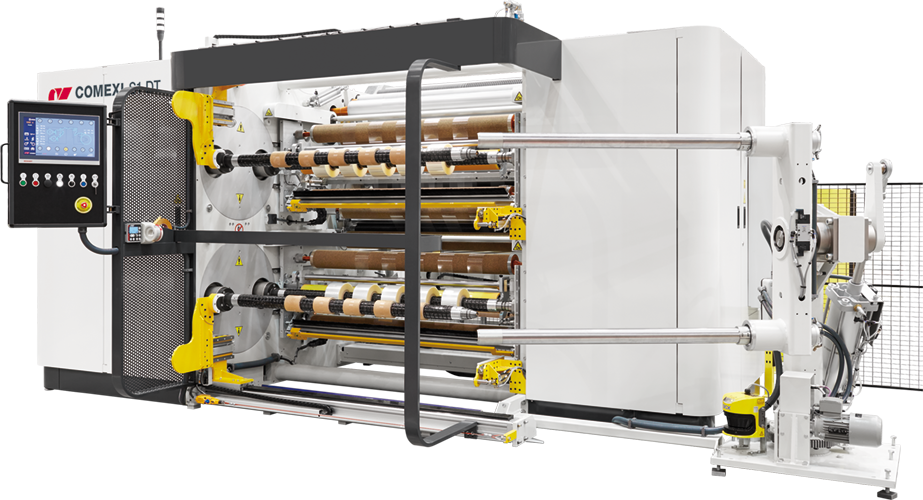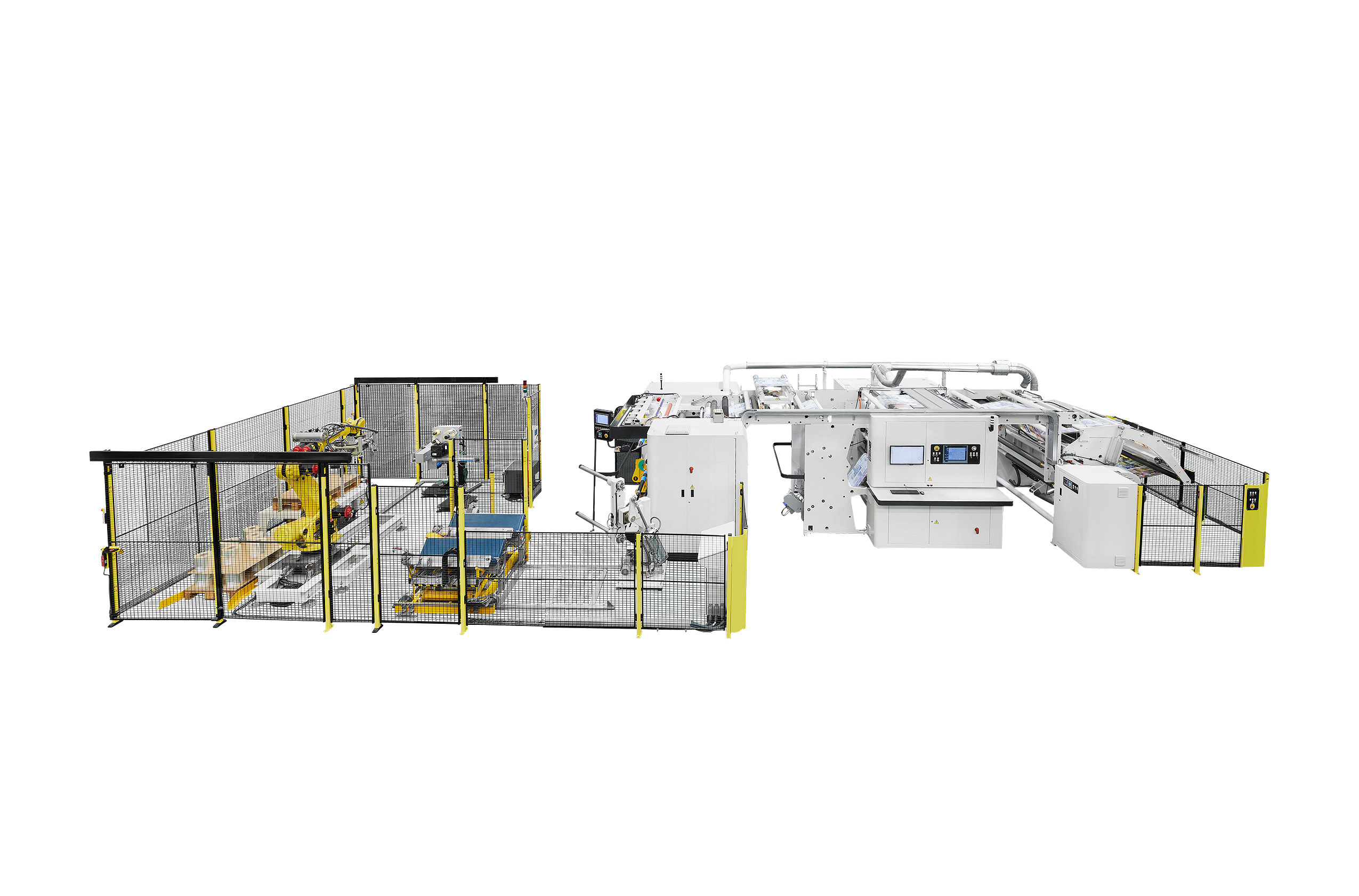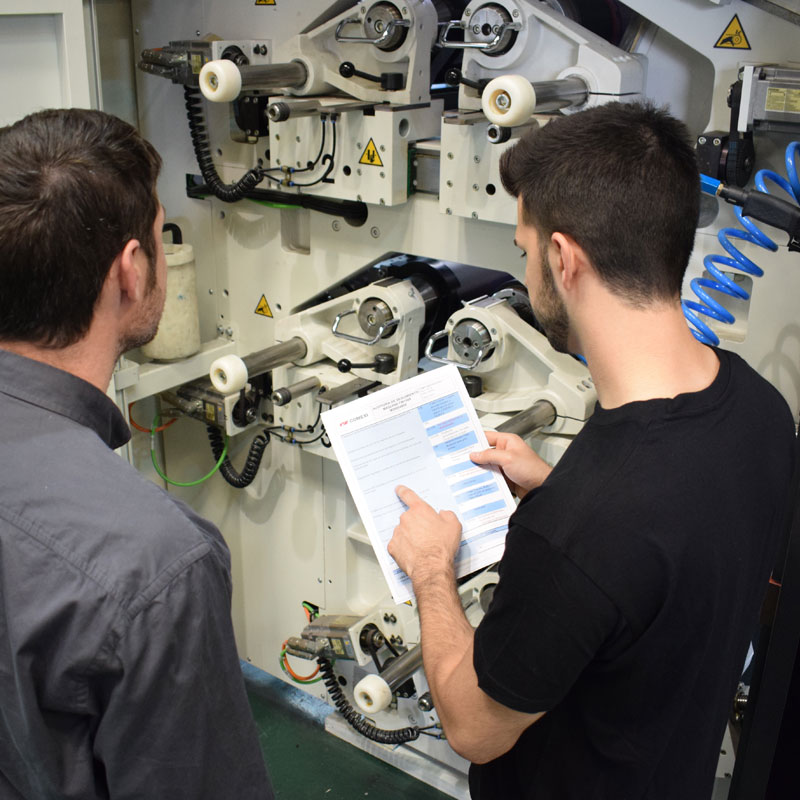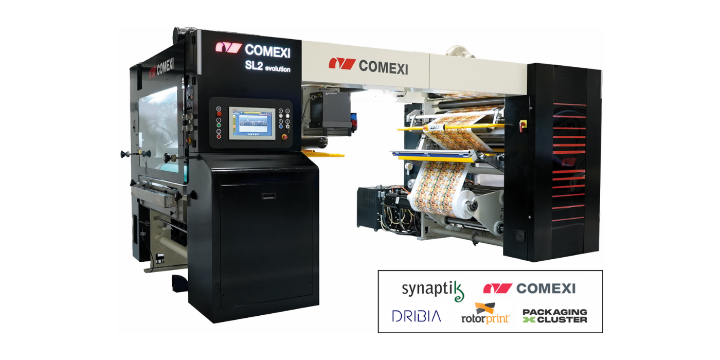Lernen Sie Ihren globalen Partner
für innovative und nachhaltige
Reel-to-Reel-Lösungen kennen
Wir bieten globale Lösungen in den Bereichen Drucken, Kaschieren und Längsschneiden
Wir sind ein globaler Partner für den Bereich flexible Verpackungen. Vom Druck bis zur End-of-Line-Automatisierung bietet Comexi eine breite Palette an innovativen Lösungen. Unser Rundum-Service steht Ihnen von Beginn an und während des gesamten Lebenszyklus Ihrer Maschine zur Verfügung.
Bleiben Sie auf dem Laufenden mit den neuesten Nachrichten und entdecken Sie die wichtigsten Ereignisse in unserer Rubrik „Aktuelles“!
Comexi leitet innovatives MADAM-Projekt zur Verbesserung der Verpackungsproduktion
Comexi Leads Innovative MADAM Project for Improved Packaging Production March 27, 2024...
Pionierarbeit in Sachen Innovation und Nachhaltigkeit: Einblicke von Manel Xifra, dem Präsidenten von Comexi, und Abdul Jebbar, dem Gründer von Hotpack Global
Pionierarbeit in Sachen Innovation und Nachhaltigkeit: Einblicke von Manel Xifra, dem Präsidenten...
Comexi Opens Asia-Pacific Hub in Bangkok
Comexi Opens Asia-Pacific Hub in Bangkok July 24, 2023 The opening of...
